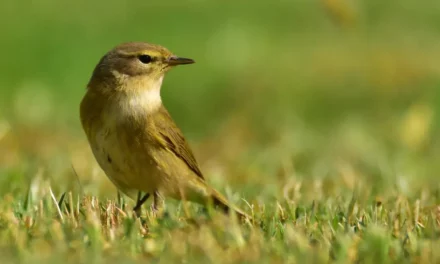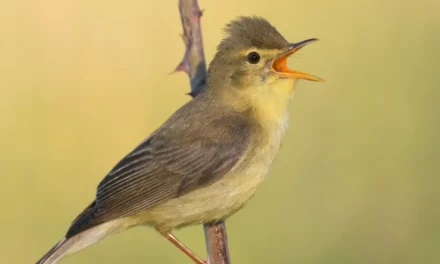What does the Marsh Tit look like?
The Marsh Tit has a distinctive black cap that extends to the nape, paired with white cheeks. Beneath its beak, you’ll notice a small black bib, resembling a black droplet. Its belly is white, and its flanks are a subtle cream color. Its back and wings are gray-brown, giving it an understated elegance. Interestingly, males and females look identical, making it hard to distinguish between them. The Marsh Tit is often mistaken for the Willow Tit due to their similar appearance.
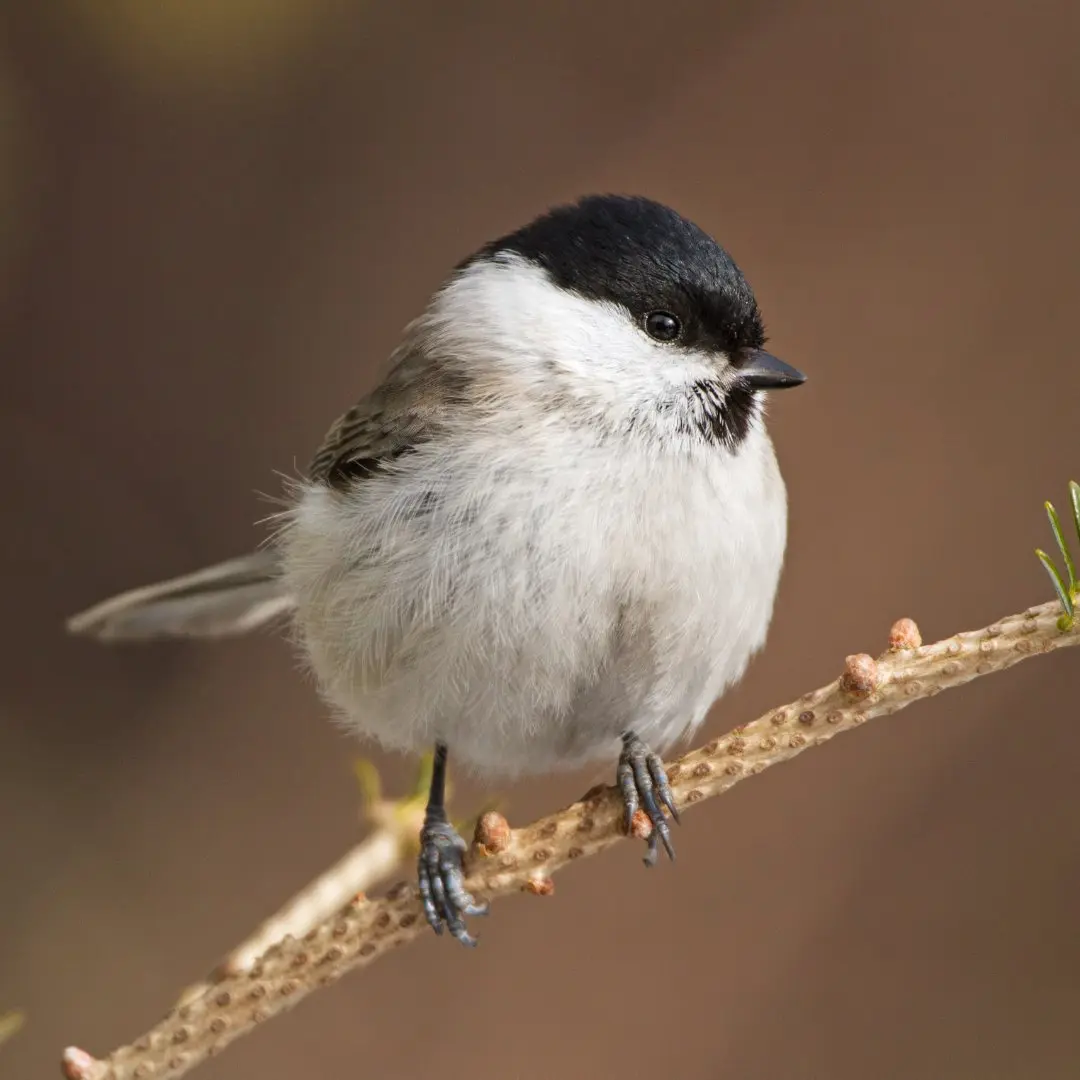
How does the Marsh Tit behave?
The Marsh Tit is a lively and quick bird. Unlike many other species, it often moves in pairs rather than joining larger flocks. These pairs can sometimes be same-sex pairs that spend the winter together for mutual support. However, come spring, the males begin to sing to attract a mate, and these false pairs separate.
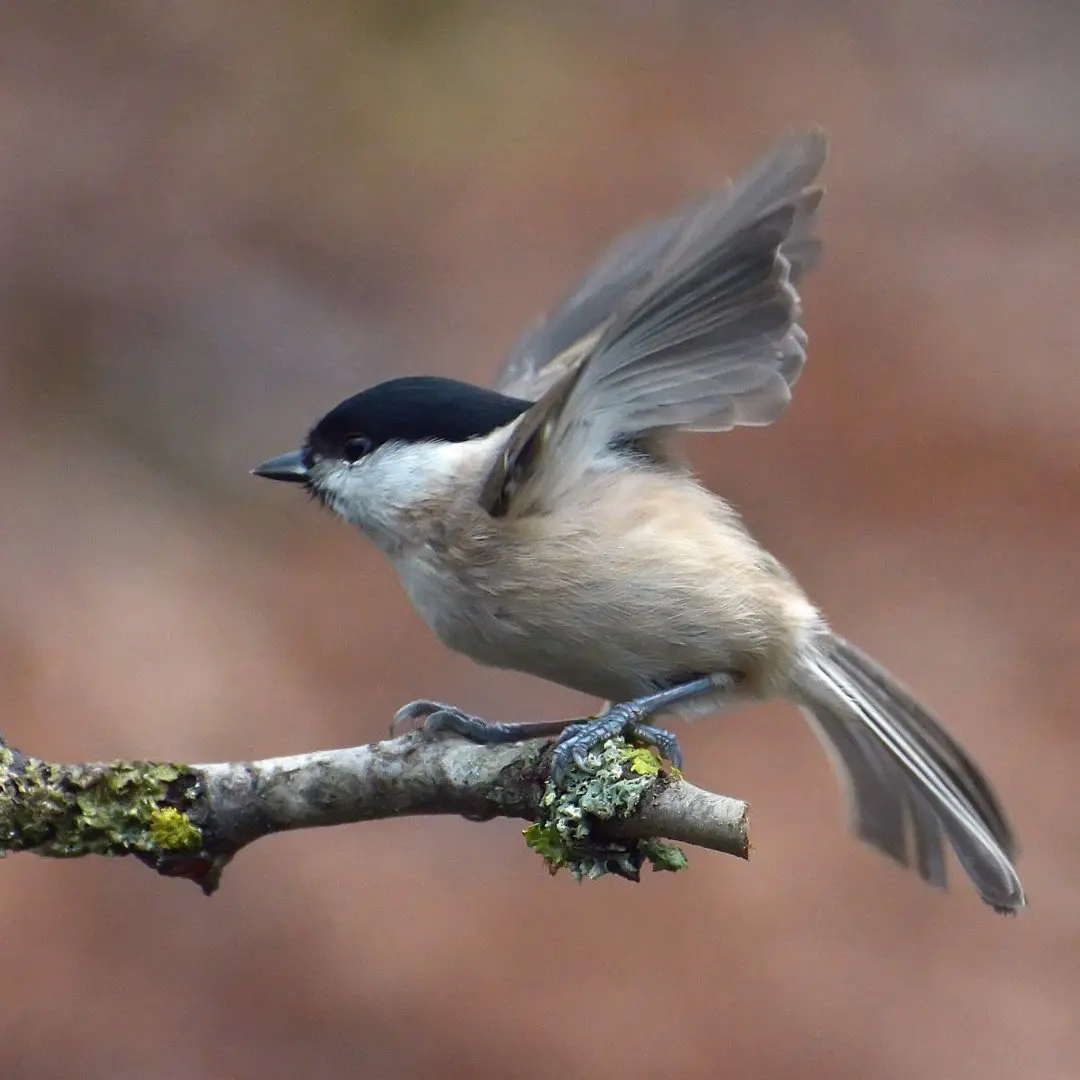
The songs and calls of the Marsh Tit
The Marsh Tit has a variety of calls and songs. Its repertoire is typical of tits, consisting of sharp, repetitive sounds. A hallmark of the species is its rapid repetition, which can be heard in its song: “tyip tyip tyip tyip tyip tyip tyip tyip”. Additionally, its calls, such as “pistiou dèdèdè”, are distinct. Interestingly, the Great Tit often mimics the Marsh Tit’s vocalizations.
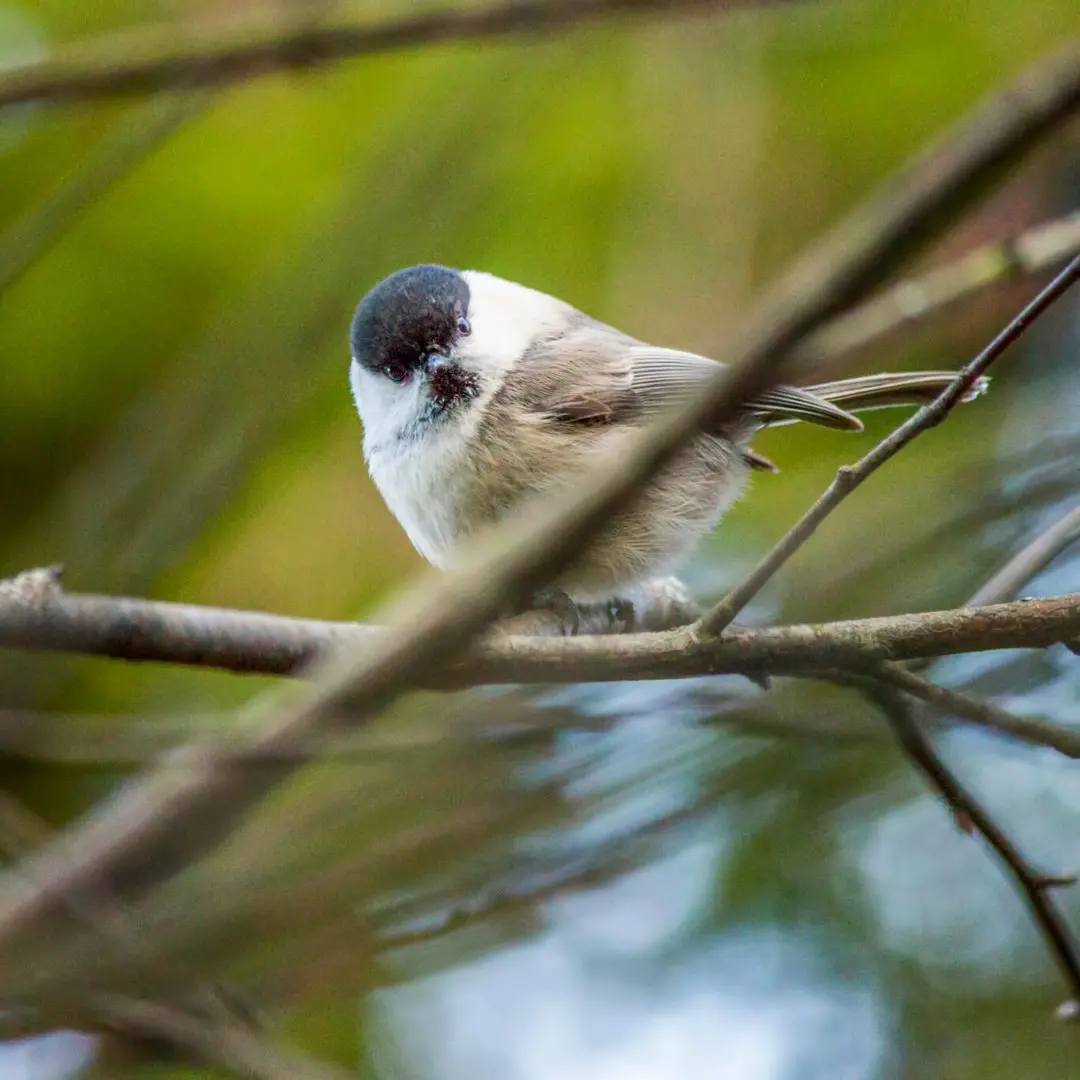
How does the Marsh Tit reproduce?
Marsh Tits breed between March and July, producing one brood per year. A clutch typically contains 6 to 10 white eggs speckled with brownish-red. They nest in tree holes or nest boxes, constructing a cozy moss-lined cup often padded with fur. Occasionally, they enlarge decaying wood with their pecking to create a suitable nesting spot.

What does the Marsh Tit eat?
The diet of the Marsh Tit changes with the seasons. During the warmer months, it feeds on insects and larvae. In the colder months, it relies on seeds and berries. Like the Coal Tit and Crested Tit, it stores seeds in hidden caches. Unlike other tits, it can carry up to three seeds at a time in its beak.

Where can you find the Marsh Tit?
The Marsh Tit is commonly found in deciduous and mixed forests, as well as parks and gardens. It has a particular affinity for forests with oak, beech, and birch trees. Being a sedentary species, it is loyal to its territory and rarely strays far. In Western Europe, the Marsh Tit is far more common than the Willow Tit.
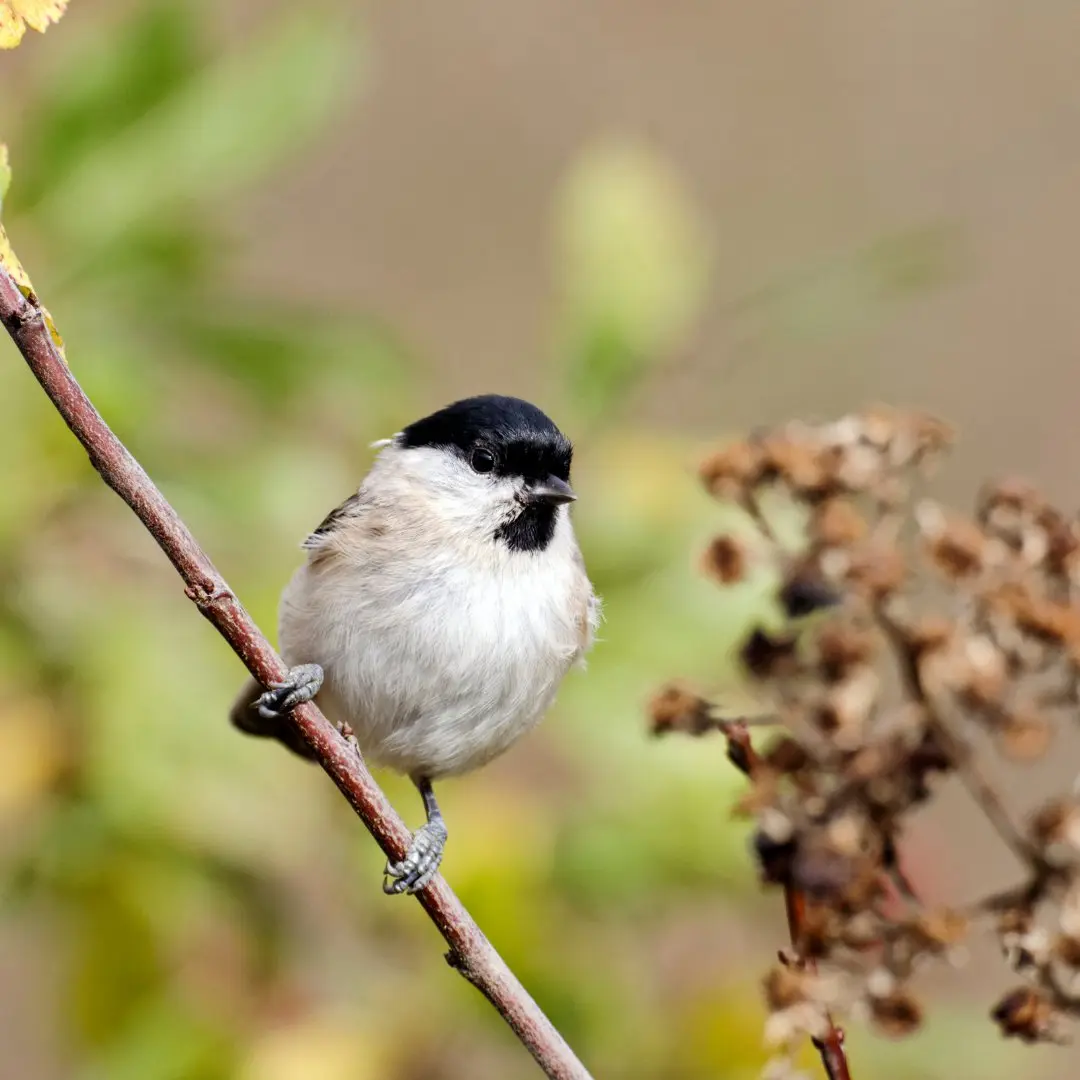
-


